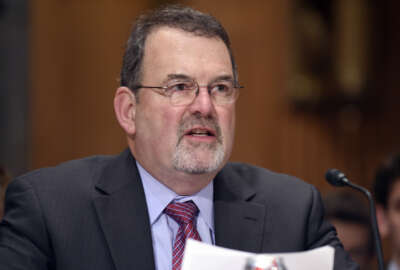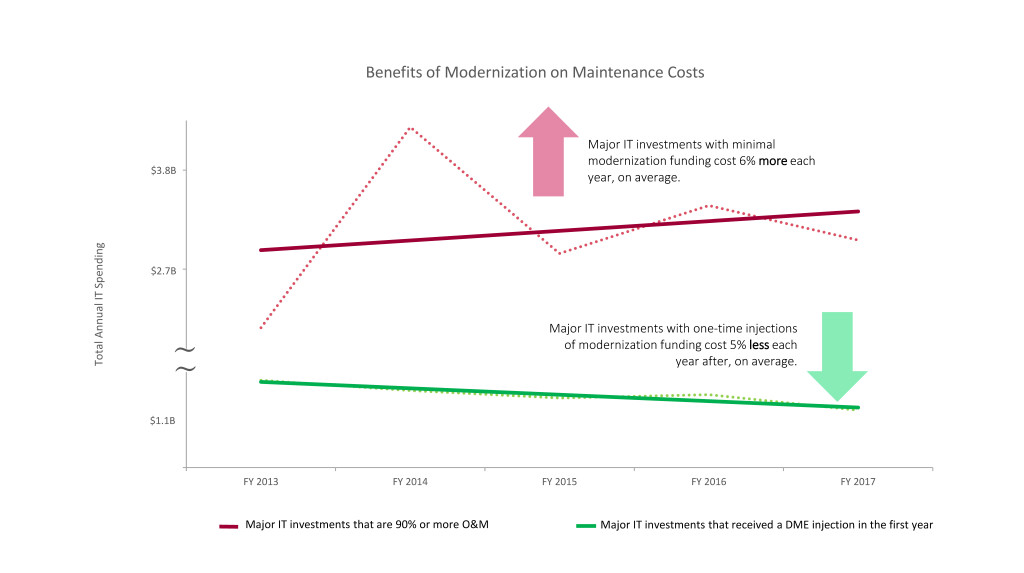

Rep. Jason Chaffetz (R-Utah), chairman of the Oversight and Government Reform Committee, said he was warming up to the idea of the fund, but wants assurances that...
The Obama administration’s plan to modernize federal technology got a much needed boost from a key House lawmaker.
Rep. Jason Chaffetz (R-Utah), chairman of the Oversight and Government Reform Committee, is coming around to understanding why, some say, there is an overwhelming need for the $3.1 billion IT Modernization Fund. President Barack Obama proposed the fund in his fiscal 2017 budget request to Congress. Rep. Steny Hoyer (D-Md.) introduced the bill to create the fund. The bill now has 20 co-sponsors.
Now the big question for Chaffetz and other lawmakers is how does the White House plans to pay for it.
“I am warming up to the idea, but I’m not there yet,” Chaffetz said, after a May 25 hearing on legacy IT systems. “I want to make sure it ultimately leads to savings. Too many things are brought to Congress and said, ‘You are going to save money by spending all this money,’ and they never come to fruition. I want to get that right. We have a $4 trillion budget, it’s way too much. We will have to give up something else in order to do something that we know will produce results. So, I’m going to work with the Democrats, and have been, to try to find a good, plausible solution that will actually work.”
Chaffetz’s support is key to the effort, and up until Wednesday he hasn’t been overtly positive about the fund.
But at the hearing, which included Tony Scott, the federal chief information officer, David Powner, the Government Accountability Office’s director of IT issues, and others, Chaffetz’s opinion seemed to turn the corner.
“Speed is of the essence and you have to move there sooner rather than later. That will save money, if you have a plan. I’m also worried a lot of agencies are buying Cadillacs and operating them like go-carts. They are not getting the most robust information out of them,” Chaffetz said. “The Department of Health and Human Services is giving away $7 billion a year just in grants to who knows what so there is a lot of savings that can be out there. I’m optimistic when I have the GAO look at it and say, ‘Instead of spending in the $60 billion range, we should be spending $20 billion in legacy systems,’ there is a lot of room for improvement and cost savings for the taxpayers.”
Scott did his best to change Chaffetz and other committee members’ opinion of the fund.
He revealed new data about how investing in legacy systems does have a measurable impact.
“We took a sample out of our database of projects across the federal government — this is across hundreds and hundreds of investments — where there was an injection of modernization money prior to 2013 and then we compared against projects where there was no injection and what happened to those maintenance costs over time,” he said. “What you see is a very clear trend. Where there was no injection of money to go fix things, costs continued to rise at a rate of around 6 percent.”
Scott added that personnel costs and efficiency gains are factored in, agencies would see a sharper drop in costs for operations and maintenance.
“This is actual data over a four-year period based on actual experience in the government. I think it proves the case,” he said. “We have direct evidence where the injection of modernization fund leads to savings and we want to accelerate that.”

This new data comes as Scott also revealed May 24 that agencies will have at least a $3 billion bill coming due in the next three years for hardware and software that is either out of date or will be out of date soon.
Scott’s evidence helped answer some of the biggest questions lawmakers had about the fund.
Rep. Blake Farenthold (R-Texas) said he’d like to see an agency come in asking for a specific amount of money to modernize their IT and in return, have their budget cut once the project is finished.
Other lawmakers offered a similar perspective.
“As the chairman has expressed that it is counter-intuitive that we would need to add more money, but I think you can sell that if you can demonstrate here will be the payoff, here is the return on the investment,” said Rep. Gerry Connolly (D-Va.). “I think we have to spend some real time with Congress in making that case.”
Chaffetz said he agreed with Connolly, calling that the seminal question that needs to be analyzed about the IT Modernization Fund.
The need for a plan wasn’t lost on Scott or GAO.
GAO’s Powner said there are substantial savings available by getting off legacy systems.
“If we could get more efficient systems, it would be less costly to maintain and it would be more secure,” he said. “The $60 billion has all kinds of inefficiencies in it. We need more plans so we move that $60 billion into the $20 billion bucket.”
Scott said the ITMF implementation guidance that is currently in draft would require agencies to develop a business case and focus on the highest priority systems.
“We are putting together a set of requirements that will require the agencies to identify modernization efforts in a much more comprehensive way whether this fund comes through or not,” he said.
Powner praised the draft guidance and encouraged OMB to finalize it so agencies can begin their effort to put those plans together.
Beyond Scott’s example around IT modernization efforts, there are other cases of agencies investing a little and getting back a lot in return.
Terry Milholland, the IRS chief technology officer, said for every $1 the IRS invests, it returns about $4 in revenue to the U.S.
“Often a lot of that occurs because of the investment in the underlying IT infrastructure,” he said.
Scott added that the longer agencies wait to modernize systems, the more risk they face — whether it’s cybersecurity or how they deliver services to citizens.
Copyright © 2025 Federal News Network. All rights reserved. This website is not intended for users located within the European Economic Area.
Jason Miller is executive editor of Federal News Network and directs news coverage on the people, policy and programs of the federal government.
Follow @jmillerWFED

